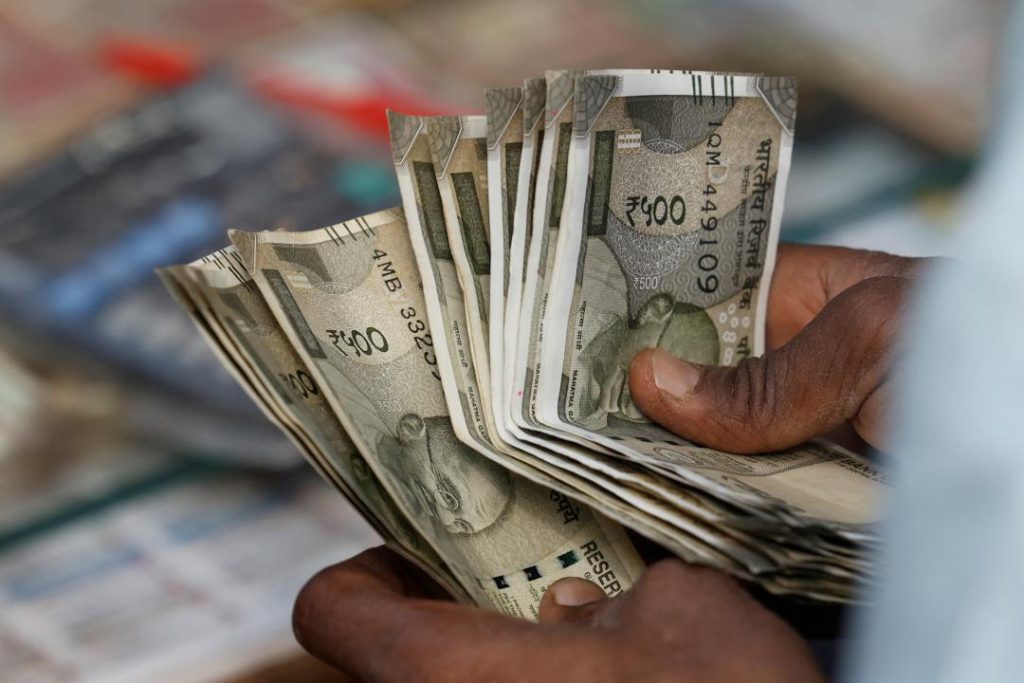
What Got Cheaper & Costlier in March as CPI Falls to 67-Month-Low of 3.34%?
India’s retail inflation, as measured by the Consumer Price Index (CPI), has fallen to a 67-month-low of 3.34% in March, according to the data released by the Ministry of Statistics and Programme Implementation. This significant decline in inflation is a welcome sign for the economy, which has been grappling with sluggish growth and high inflation in recent years. As a result, prices of several essential commodities saw a considerable decline in March, while some others saw a marginal rise. In this blog post, we will explore what got cheaper and what got costlier in March, and what it means for the economy and consumers.
What Got Cheaper?
Prices of eggs, vegetables, and pulses saw a considerable decline in March, with the prices of eggs falling by 12.35%, vegetables by 10.14%, and pulses by 9.14%. These items are staple foods for many Indians, and a decline in their prices is a major relief for consumers. The fall in prices of these items is attributed to a good harvest season, which has led to an increase in their supply and a subsequent decline in prices.
Spices, meat, fish, and housing also saw prices drop marginally, with the prices of spices falling by 0.44%, meat by 0.35%, fish by 0.34%, and housing by 0.27%. These items are essential for daily consumption, and a decline in their prices is a welcome sign for consumers.
What Got Costlier?
On the other hand, prices of fruit saw a sizeable jump in March, with the prices of fruit increasing by 10.36%. This is attributed to a decline in the supply of fruit, which has led to an increase in their prices.
Prices of cereals, milk, oil, sugar, confectionery, clothing, snacks, sweets, pan, tobacco, footwear, fuel, health, and education also saw marginal rises, with the prices of cereals increasing by 0.41%, milk by 0.39%, oil by 0.36%, sugar by 0.35%, confectionery by 0.34%, clothing by 0.33%, snacks by 0.32%, sweets by 0.31%, pan by 0.29%, tobacco by 0.28%, footwear by 0.27%, fuel by 0.26%, health by 0.25%, and education by 0.24%.
What Does it Mean for the Economy and Consumers?
The decline in retail inflation to a 67-month-low is a significant development for the economy. It indicates that the inflationary pressures are easing, and the economy is moving towards a more stable growth path. This decline in inflation is attributed to a combination of factors, including a good harvest season, a decline in global commodity prices, and the Reserve Bank of India’s (RBI) monetary policy measures.
For consumers, the decline in prices of essential commodities such as eggs, vegetables, and pulses is a major relief. It will enable them to maintain their standard of living and spend more on other essential items. The marginal rise in prices of other commodities such as cereals, milk, and sugar is not significant, and consumers are likely to absorb it without much difficulty.
Conclusion
In conclusion, the decline in retail inflation to a 67-month-low of 3.34% is a welcome sign for the economy. It indicates that the inflationary pressures are easing, and the economy is moving towards a more stable growth path. The decline in prices of essential commodities such as eggs, vegetables, and pulses is a major relief for consumers, and the marginal rise in prices of other commodities is not significant. As the economy continues to grow, it is essential to maintain this trend of declining inflation to ensure that the benefits of growth are shared by all.





